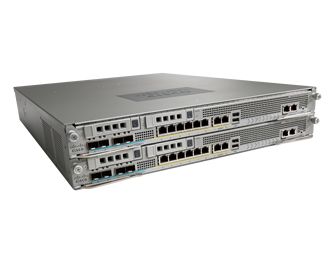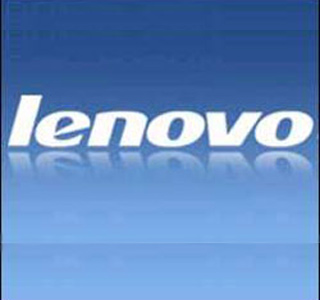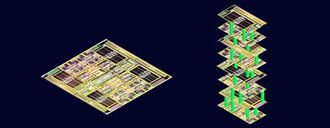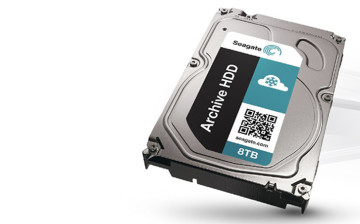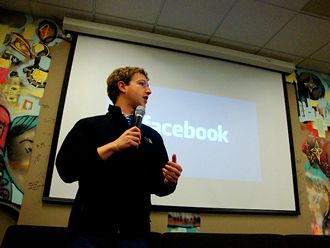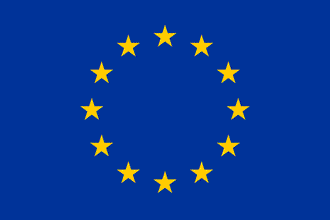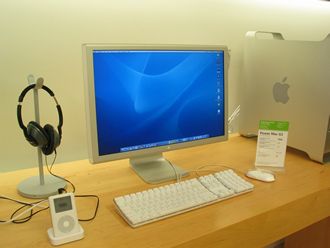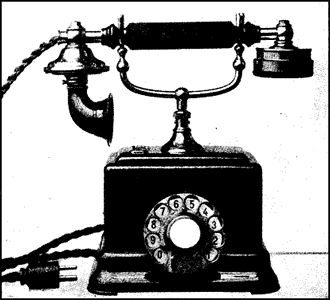 A former iTunes engineer told a federal antitrust case he was involved in a project “intended to block 100 per cent of non-iTunes clients” and “keep out third-party players” that competed with Apple’s iPod.
A former iTunes engineer told a federal antitrust case he was involved in a project “intended to block 100 per cent of non-iTunes clients” and “keep out third-party players” that competed with Apple’s iPod.
Plaintiffs subpoenaed the engineer, Rod Schultz, to show that Apple tried to suppress rivals to iTunes and iPods. They argue that Apple’s anticompetitive actions drove up the prices for iPods from 2006 to 2009. They want $350 million in damages, which could be tripled under antitrust laws.
Schultz said he was an unwilling witness and did not want to talking about his work on iTunes from 2006-2007, part of which was code-named “Candy”.
However, in 2012 Schultz wrote an academic paper citing “a secret war” Apple fought with iTunes hackers. In the paper, he wrote, “Apple was locking the majority of music downloads to its devices.” Judge Yvonne Gonzalez Rogers did not admit the paper as evidence in the case.
Outside the courtroom, Schultz said the early work of his former team reflected the digital-music market’s need for copyright protections of songs. Later, though, he said it created “market dominance” for the iPod.
Schultz was the final witness in the case after a 10-year legal battle. The testimony has offered a view into how digital music evolved in the mid-2000s as Apple co-founder Steve Jobs and other Apple executives were shaping technology and a new marketplace.
Apple argues, and Schultz agreed, that it released many improvements to iTunes, and not isolated changes to stifle competition. Apple says the security measures that Schultz worked on were designed to protect its systems and users’ which would have been compromised by other players and file formats.
Judge Rogers said she plans to send the case to the jury early next week.
 German workers at Amazon warehouses have staged a three day strike – starting today.
German workers at Amazon warehouses have staged a three day strike – starting today.
